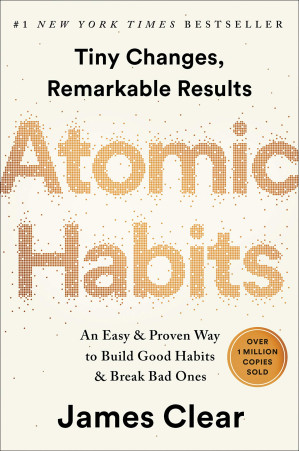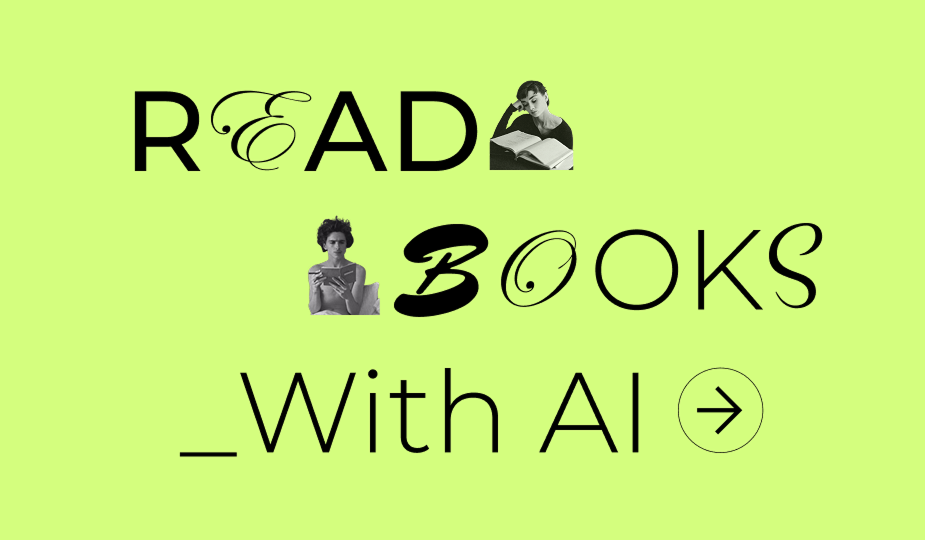September 25, 2025 • By Jinshang
ADHD Productivity Breakthrough: Discovering the Two Modes
For years, I felt like my brain was a browser with 100 tabs open, all playing different videos at once. As someone with ADHD, I struggled with a constant cycle: I'd get excited about a project, dive into research, and then get completely paralyzed when it was time to actually do the work. I craved a dependable ADHD productivity focus framework that could channel that energy without burning me out.
My breakthrough came from an unlikely source: AI coding agents. I noticed they operate in two distinct phases. First, a "planner" agent thinks, strategizes, and breaks down the problem. Only after that does a separate "implementer" agent get to work, executing the plan with single-minded focus. That simple separation is the same planning vs execution focus framework I now lean on for ADHD productivity.
A lightbulb went off. What if I treated my own brain this way?
I started experimenting with a simple rule: I would consciously separate my day into a Planning Mode and an Execution Mode.
- Planning Mode: This is my "divergent thinking" time. I allow my brain to do what it does best: explore, get curious, and jump between ideas. I read articles, watch videos, and brainstorm every possibility without any pressure to produce a final product. It's about asking "What?" and "Why?".
- Execution Mode: This is my "convergent thinking" time. The moment I switch, the debate is over. I stick to the path I decided on and focus on one thing—and one thing only. It's about the "How." I don't question the grand strategy; I just focus on the immediate next step.

The results were instantaneous and profound. This ADHD productivity focus framework gave my chaotic, creative brain a repeatable way to shift gears without burning out. By giving it a dedicated space to run wild (the Planning Mode), it was far easier to tame it when it was time to focus (the Execution Mode). I also set a crucial boundary: no more than 1/4 of my time can be spent in Planning. The rest must be Execution. This simple trick didn't just make me more efficient; it felt like it unlocked a new operating system for my mind.
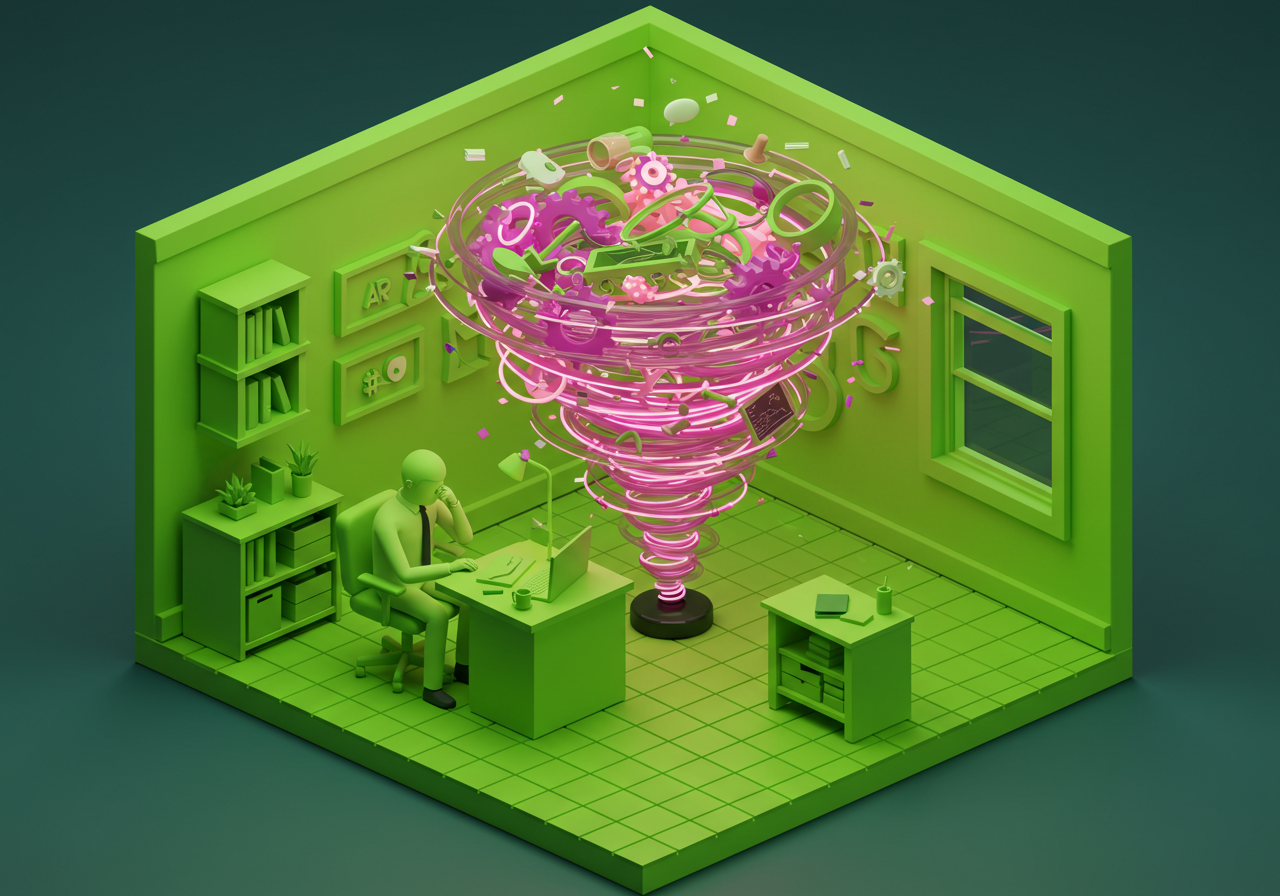
The Planning vs Execution Focus Framework
This isn't just a quirky life hack; it’s a strategy deeply rooted in neuroscience and psychology. The planning vs execution focus framework works with my brain's fundamental design instead of against it.
The strongest evidence comes from neuroscience's understanding of two competing brain networks:
- The Default Mode Network (DMN): The Dreamer. Think of this as your brain's "screensaver." It lights up when you're mind-wandering, daydreaming, recalling memories, and thinking about the future. Your Planning Mode is a supercharged, intentional use of your DMN. You are harnessing its power to make creative connections.
- The Task-Positive Network (TPN): The Doer. This network activates when you are focused on a goal-oriented task. It's your "laser focus" system, responsible for paying attention and getting things done. Your Execution Mode is pure TPN activation.
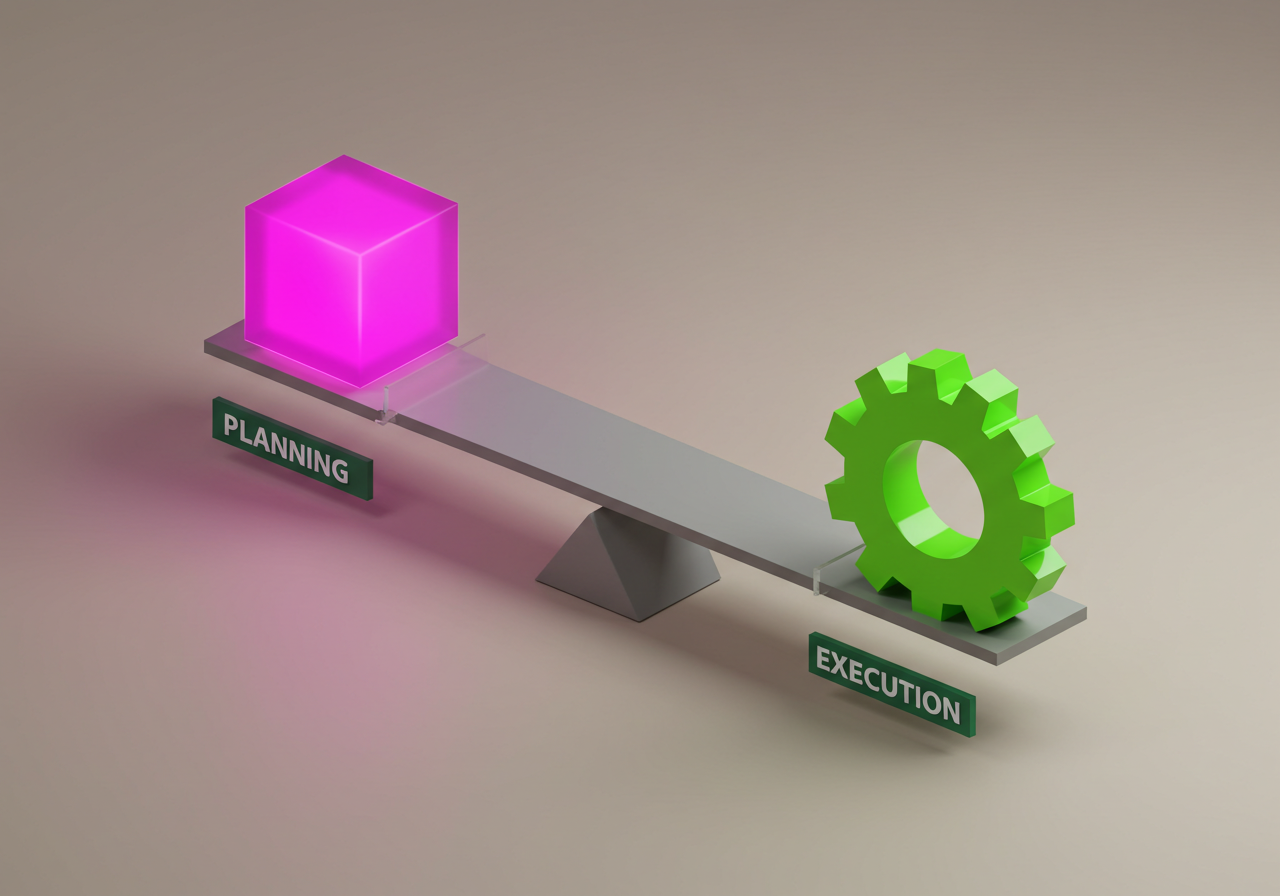
Here's the crucial part: these two networks are like a seesaw. When one is active, the other is suppressed. You cannot effectively use both at the same time. The feeling of being "stuck" or "distracted" is often the DMN (the Dreamer) interrupting the TPN (the Doer).
By separating your work into two modes, you are manually controlling this seesaw. You give the Dreamer its time to shine, then you cleanly switch over and give the Doer the spotlight, preventing them from fighting for control.
This aligns perfectly with other theories, like Daniel Kahneman's System 1 (fast, intuitive thinking) and System 2 (slow, deliberate thinking). Your Planning Mode is heavy System 2 work. You make all the hard decisions upfront. This allows your Execution Mode to run on a much lighter, almost System 1-like state, where the "next step" is obvious and requires far less mental energy.
How to Apply the Planning vs Execution Focus Framework
Theory is great, but results come from action. Here is the simple, practical framework I use to enforce the two modes and prevent them from blurring together.
The Core Principle: Mastering the Focus Seesaw
Think of your brain's attention system as a seesaw. On one end is the Default Mode Network (DMN), your "Dreamer." On the other is the Task-Positive Network (TPN), your "Doer."
- When the DMN is up, you're creative, reflective, and making novel connections.
- When the TPN is up, you're focused, goal-oriented, and executing tasks.
The problem is, most of us try to balance the seesaw perfectly, which just leads to a wobbly, unproductive mess. This two-mode system is about intentionally sending one side way up in the air while the other is firmly on the ground. Here is the advanced toolkit for doing exactly that.
Toolkit for Empowering Planning Mode (Sending the DMN Sky-High)
The goal here is not to be productive in a traditional sense. The goal is to maximize creative exploration, divergent thinking, and the generation of high-quality raw material. You are intentionally activating your DMN.
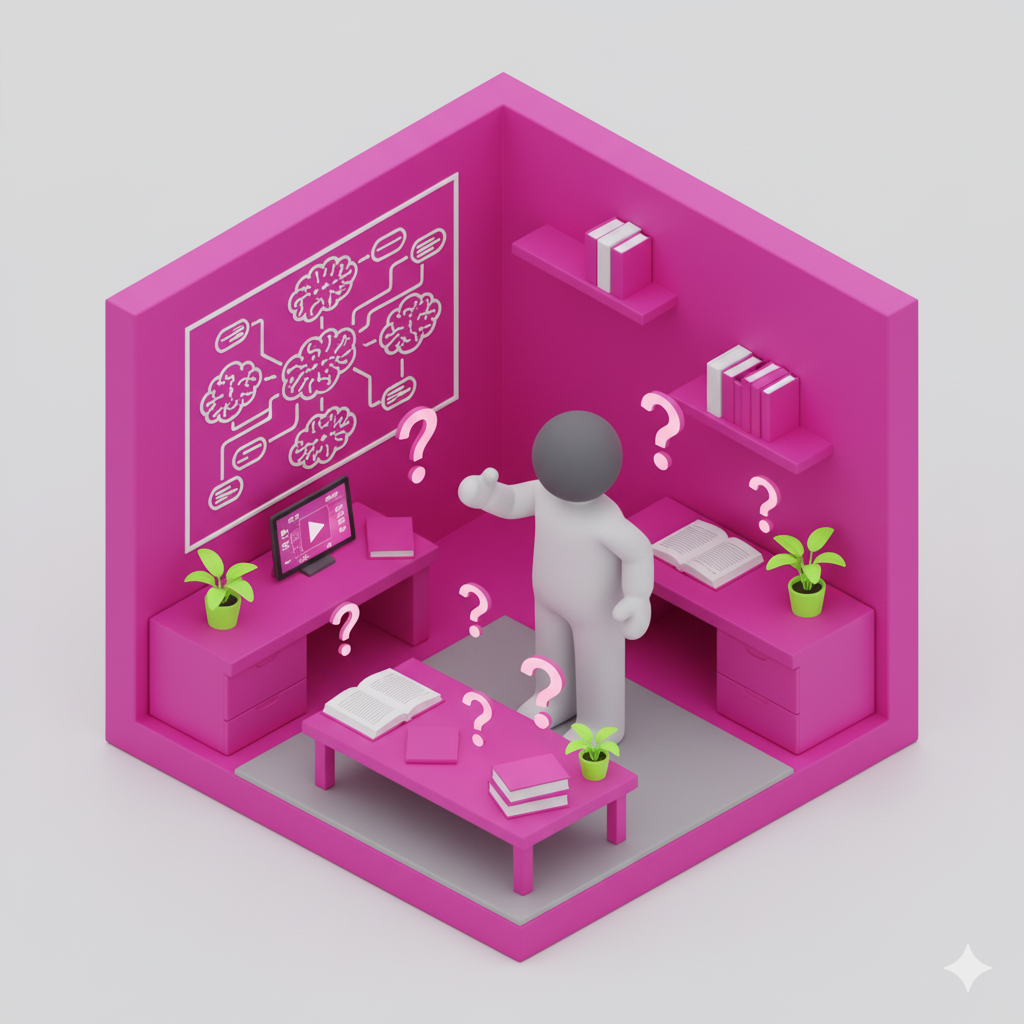
Trick 1: Create a "Novelty-Rich" Environment
The DMN thrives on new stimuli and loose associations. The sterile desk you use for execution will starve it.
How to do it: Physically move. Go to a coffee shop, a library, a park bench, or just a different room. Work on a comfy couch. Go for a "thinking walk" with a voice recorder. The change in environment breaks rigid thought patterns and provides new sensory input for your DMN to play with.
Trick 2: Use "Input-First" & Non-Linear Tools
Structured tools force linear thinking (which is for the TPN). DMN thinking is messy and interconnected.
How to do it: Ditch the to-do list for this mode. Use a massive whiteboard, a mind-mapping app (like MindNode or XMind), or a messy notebook. The goal is to capture ideas as they connect, not in a straight line. Start in the middle of the page and radiate outwards.
Trick 3: Consume Varied & Unrelated Media ("Creative Fueling")
The DMN's superpower is connecting disparate ideas. To do this, you must feed it a diverse diet of information.
How to do it: Before a planning session, don't just research your topic. Watch a 10-minute documentary on something completely unrelated (e.g., how bridges are built). Read a chapter from a fiction book. Listen to a type of music you never listen to. This loads your brain with fresh nodes for the DMN to form surprising connections with.
Trick 4: Ask Open-Ended, "What If?" Questions
The TPN answers "What is the next step?" The DMN answers "What if there were no steps?"
How to do it: Write down wildly open-ended questions to kickstart your session. Ask things like "What's the most absurd or playful way to solve this?", "What if I had a $1 million budget? What if I had $0?", or "What would my hero do?" These questions are invitations for your DMN to run wild and simulate possibilities.
Toolkit for Empowering Execution Mode (Engaging the TPN & Suppressing the DMN)
The goal here is ruthless efficiency. This requires creating a "focus bubble" by giving the TPN a crystal-clear target and systematically shutting down all DMN-triggering distractions.

Trick 1: The Parking Lot Protocol (Your DMN Capture System)
You already love this one. It's the primary defense against internal distractions. When a brilliant (but off-topic) idea from your DMN pops up, you don't fight it.
How to do it: Keep a notepad (physical or digital) open. The moment an off-task thought appears, write it down instantly without judgment or exploration. This action tells your DMN, "Message received and saved," allowing it to quiet down so the TPN can get back to work.
Trick 2: Define "Done" Before You Start (The Unambiguous Finish Line)
This is the advanced version of that insight about reading. The TPN works best when the goal is a binary state: not done vs. done. Vague goals invite the DMN to ask, "Are we there yet? Should we be doing something else?"
How to do it: Before you begin any execution block, define the finish line with absolute clarity. It must be one of these three: Time-Based ("I will work on this for 25 minutes, then I am done"—the Pomodoro Technique), Quantity-Based ("I will write 500 words" or "I will finish this one chapter"), or Outcome-Based ("I will finish when this function passes all its tests" or "I will finish when I have sent these five emails"). The rule is simple: once the condition is met, you must stop. This trains your brain to trust the system.
Trick 3: The "Sterile Cockpit" Environment (Your DMN Mute Button)
This is the defense against external distractions. Every open tab, notification, or icon on your desktop is an invitation for your DMN to start wandering.
How to do it: Before you start your timer, take 60 seconds to create a digital desert island. Close every single application, window, and tab that is not essential for the immediate task. Use full-screen mode. Put your phone in another room or turn it completely off. This starves the DMN of anything to latch onto.
Trick 4: Break Down the First Step into a Physical Verb
The TPN is the "motor" part of your brain. It understands physical action. "Work on the blog post" is a vague concept that can trigger DMN paralysis.
How to do it: The task on your list for an execution block should not be a noun; it should start with a verb. Don't write "User Login Feature"—write "Open auth.js and write the password validation function." Don't write "Read book"—write "Set a 20-minute timer and read until it rings." This gives the TPN an undeniable, physical command to execute, bypassing the "Where do I start?" loop.
Focus Framework Checklist for ADHD Productivity
Use this focus framework checklist whenever you transition between Planning Mode and Execution Mode:
- Define the outcome or timer that marks success before you start.
- Create a novelty-rich environment for planning and a sterile cockpit for execution.
- Capture every distraction in a parking lot so your attention stays anchored.
- Close the loop with a ritual so your brain trusts the switch.
1. Create Hard Boundaries with Time & Space
Your brain needs clear cues to switch modes.
- Time Block Your Modes: Use your calendar to schedule specific blocks. Label them "Planning: New Project" or "Execution: Code Login Page." A timer is your best friend here. The Pomodoro Technique (working in focused 25-minute sprints) is perfect for Execution blocks, as it forces single-tasking.
- Change Your Environment: Use physical space to signal a mental shift. Do your planning on a comfortable couch with a tablet. Do your execution at a clean, dedicated desk. Even a digital change works wonders: use one browser profile with all your research tools for Planning, and a "sterile" profile with only essential tabs open for Execution.
2. The Parking Lot Protocol: Protect Your Focus at All Costs
Your brain will inevitably try to cross the streams. Brilliant new ideas will pop up during execution, and the urge to just start will hit during planning. Don't fight it—redirect it.
Keep a simple notebook or text file open at all times. This is your "Parking Lot."
- The Golden Rule: Execution Has Priority.
- When a planning idea strikes during Execution Mode: You're coding and suddenly think of a better way to structure the whole project. Do not engage. Instantly write the idea in your Parking Lot ("Idea: Refactor database schema") and immediately return to your task. The idea is saved, and your focus is unbroken.
- When an execution urge strikes during Planning Mode: You feel the itch to stop planning and just start doing. Acknowledge it, but channel that energy into making your mental plan for execution even clearer.

3. Master the "Mental Handoff"
While a detailed written plan isn't necessary, a crystal-clear mental one is. The goal of your Planning Mode is to produce a simple, unambiguous answer to the question: "What is the very first, smallest, physical action I need to take?"
Before you switch to Execution Mode, you must have this clarity. If you sit down to execute and have to ask yourself, "So, what do I actually do now?", your planning phase wasn't complete. Go back to planning until the next step is obvious.
4. Use Rituals to Signal the Switch
Create tiny "bookend" habits to start and end your execution blocks. It could be as simple as putting on noise-canceling headphones, starting a specific playlist, and closing your email tab. This 60-second ritual tells your brain, "The debate is over. It's time to do." When the timer rings, consciously close your work and stand up. This hard stop prevents you from aimlessly drifting back into a mixed-up mental state.
By embracing this separation, you stop fighting a multi-million-year-old brain design and start leveraging it. You give each part of your mind its proper job, and in doing so, you unlock a level of focus and efficiency you never thought possible.
Ready to Activate Your Two-Mode Workflow?
Readever is an AI reading companion built specifically for ADHD readers who want sharper focus without losing the joy of exploration. Load any book or article and let Readever:
- Surface instant AI annotations, references, and clarifying visuals so you stay anchored to the text.
- Highlight only the sections that match your goals, gently collapsing the noise while preserving the context.
- Capture every "Parking Lot" idea with one click, syncing it to a planning queue you can revisit later.
If you want more ADHD productivity tactics to plug into your planning mode, explore How to Read Smarter with AI for complementary strategies.
Planning Mode gets a smarter brainstorming partner; Execution Mode gets a distraction-free guide that keeps you moving. Give it a try and feel the seesaw tilt exactly where you need it.
